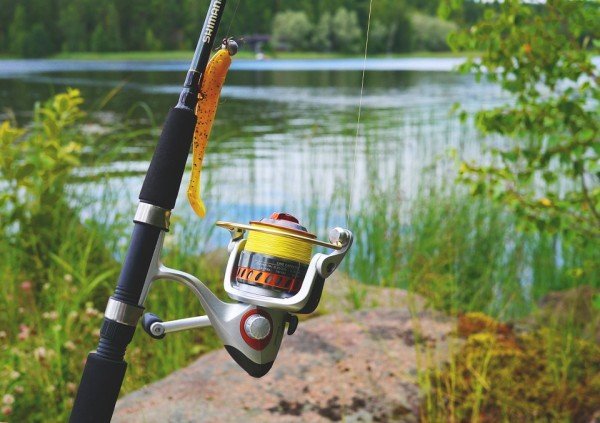There are a variety of options when it comes to getting your bait to fish in deep water. There are downriggers, dipsey divers and weights, but one of the best solutions is lead core line.
Many of the tools for trolling deep water, such as downriggers, involve adding things to your line, which can be a hassle and time consuming. In contrast, lead core line offers the freedom of trolling as you would with any other type of fishing line, without any added hassle.
The ease of using lead core line in trolling has made it a staple in the arsenal of salmon and trout anglers, but in recent years it has caught on in for other species that inhabit deep water, including walleyes and striped bass.
Getting the most out of lead core line involves understanding how it works and how you can use it to your advantage. Here are some key tips on how to maximize your experience with lead core line.
LEAD CORE DESIGN
The design of lead core line is fairly simple. It is an inner line made from lead or other heavy material, which is wrapped in nylon or Dacron. The heavy inner core makes the line sink.
Like regular fishing line, lead core line is manufactured in a wide range of breaking strengths. The important thing to remember about lead core breaking strength is that the higher breaking strengths will sink more than the lower breaking strengths.
HOW DEEP?
The unusual feature of lead core line is that it comes color coded to help anglers determine how deep they are fishing.
Every 10 yards of lead core line is a different color, so you can determine how deep you are fishing by how many colors you have in the water. Although a variety of factors can affect how deep lead core line descends in the water, the general rule is that each color is equal to 5 feet in depth. So, if you have five colors in the water your bait is about 25 feet down. In reality though, one color can equal 5 to 10 feet in depth, depending on factors like trolling speed, bait type/weight and leader length.
LEAD CORE RIG
Since lead core line is much thicker than standard fishing line it is important to have an oversized reel to hold the line. A good choice is a large baitcasting reel, preferably a level-wind reel. The rod should be medium action and in the neighborhood of 6 to 8 feet in length.
Before spooling the lead core line on your reel, it is important to add backing line, just as you would with a fly reel. This is important if you get in a fight with a big fish that starts stripping excessive amounts of line off your reel.
Since lead core line is extremely visible in the water, like fly line, it is important that your lead core setup have a leader. Your leader should be 12 to 15 feet in length. Just as you would with fly line and a leader, attach your lead core leader by using a nail knot. The length of the leader can affect the depth of your lead core line. Shorter leaders generally run deeper.
BAITS
Any bait you would troll with regular fishing line can be used with lead core line. Some of the best options include stick baits and crankbaits. Crankbaits are a good choice, because they will help take your line even deeper.
Trolling speed is key in working your bait. The best trolling speed is between 1.5 mph and 2 mph.








